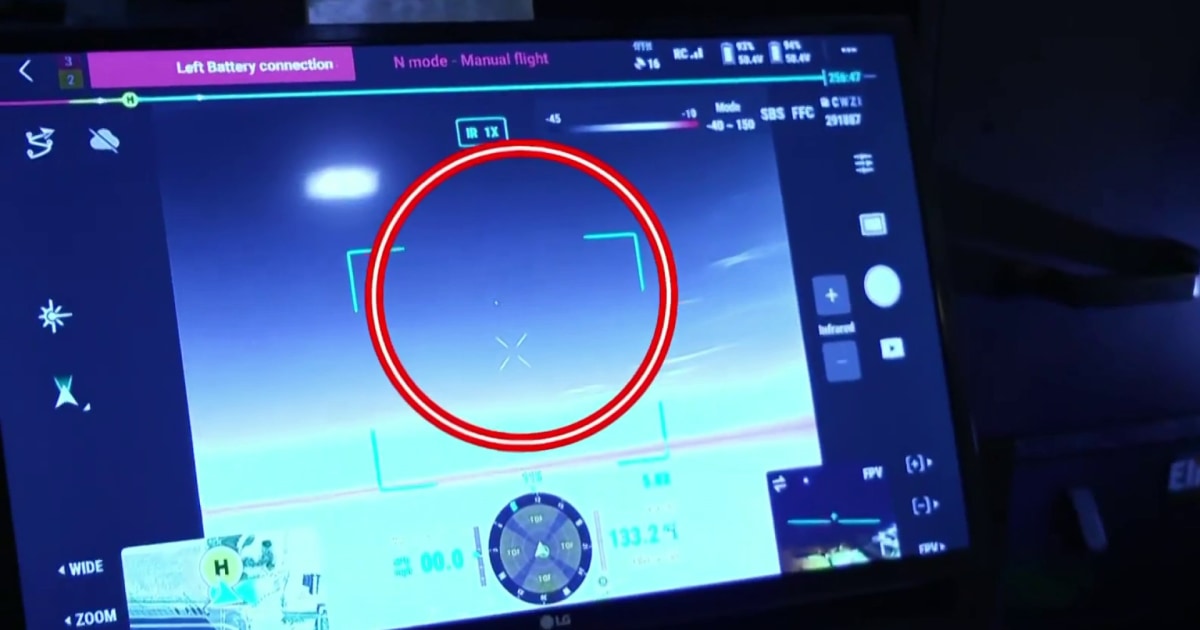Introduction
In recent years, the skies above urban and rural landscapes have become increasingly crowded with unidentified drones. These mysterious flying machines, often capturing the fascination—and concern—of the public, have prompted a significant investigation into their origins and purposes. As experts and enthusiasts embark on this quest for clarity, the implications of these drones on privacy, security, and technology become ever more pressing. This article will explore the phenomenon of mystery drones, analyze their potential impacts, and consider the broader implications for society.
The Rise of Unidentified Drones
The proliferation of drones in our skies has been facilitated by advancements in technology, making unmanned aerial vehicles (UAVs) more accessible than ever before. According to the Federal Aviation Administration (FAA), the number of registered drones in the United States alone surpassed 1.7 million by 2020, with commercial applications driving much of this growth.
However, not all drones are accounted for. Reports of unidentified drones—those without visible identification or clear purposes—have surged, leading to public outcry and a push for regulatory clarity. These drones raise numerous questions, including:
- Who is operating these drones?
- What are their purposes?
- What risks do they pose to personal privacy and national security?
Identifying Mystery Drones
One of the foremost challenges in addressing the mystery of unidentified drones is identification. Drones can be operated by a range of entities, including:
- Commercial businesses using drones for delivery or surveillance.
- Government agencies conducting reconnaissance or monitoring activities.
- Hobbyists flying recreational drones.
- Potentially nefarious actors utilizing drones for illicit purposes.
Experts suggest several methods for identifying these drones, including:
- Visual Identification: Observers can look for unique markings or features that might indicate the manufacturer or model.
- Radio Frequency Detection: Specialized equipment can intercept communication signals between drones and their operators.
- Flight Path Analysis: Analyzing the flight patterns of drones can provide clues to their operational intent.
The Role of Technology in Drone Identification
Technology plays a crucial role in both the operation and identification of drones. Emerging technologies like artificial intelligence (AI) and machine learning are being utilized to analyze drone behavior and predict their flight paths. Additionally, geofencing technology can help prevent drones from entering restricted airspace by automatically disabling them.
However, the increasing sophistication of drones also presents challenges. Many drones are equipped with features designed to evade detection, such as stealth capabilities and advanced navigation systems. This cat-and-mouse game between regulatory agencies and drone operators complicates efforts to identify and regulate unidentified drones.
Privacy Concerns
The presence of unidentified drones raises significant privacy concerns. Drones equipped with cameras can easily capture images and videos of individuals without their consent, leading to potential invasions of privacy.
Experts warn that the unchecked proliferation of these flying machines may lead to:
- Surveillance Overreach: Drones could be used for mass surveillance by both governmental and private entities, leading to a society where individuals feel constantly monitored.
- Data Security Issues: The data collected by drones could be misused or fall into the wrong hands, leading to identity theft or other malicious activities.
In response to these concerns, several states have begun to implement laws regulating drone usage, requiring operators to obtain permits and ensuring that drones are not used for invasive surveillance. However, the patchwork of regulations can create enforcement challenges.
Security Implications
The security implications of unidentified drones extend beyond privacy concerns. Drones can pose risks in various contexts, including:
- National Security: Unidentified drones near military installations or critical infrastructure could be used for espionage or sabotage.
- Public Safety: Drones can interfere with emergency services and air traffic, potentially leading to accidents.
- Criminal Activity: Drones have been linked to activities such as drug smuggling and human trafficking, making it crucial for law enforcement to identify and track these flying machines.
To mitigate these risks, security experts advocate for enhanced drone detection systems and stricter regulations governing drone operations in sensitive areas.
Broader Implications for Society
The mystery of unidentified drones not only raises questions about privacy and security but also prompts a broader examination of how technology is reshaping our society. As drones become more integrated into daily life, their presence challenges traditional notions of airspace and personal autonomy.
Furthermore, the conversation surrounding drones intersects with larger societal issues, such as:
- Technological Advancement vs. Ethical Considerations: As drone technology continues to evolve, society must grapple with the ethical implications of their use, particularly in surveillance and military applications.
- Regulatory Challenges: Governments must balance fostering innovation in drone technology with protecting citizens’ rights and safety, leading to complex regulatory landscapes.
- Cultural Perceptions: Public perception of drones varies widely; while some view them as innovative tools, others see them as invasive threats. This dichotomy influences policy decisions and public acceptance.
Conclusion
The quest to identify mystery drones is not just about understanding who is flying them; it is an exploration of the intersection of technology, privacy, and security in our rapidly changing world. As these unmanned aerial vehicles continue to populate our skies, it is imperative for regulators, technologists, and the public to engage in a dialogue about their implications.
Moving forward, a collaborative approach involving stakeholders from various sectors—government, technology, law enforcement, and the public—will be essential in navigating the complexities of drone identification and regulation. Only through such cooperation can we ensure that the benefits of drone technology are harnessed while safeguarding our privacy and security in an increasingly automated world.
See more Future Tech Daily

